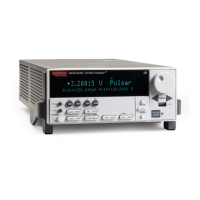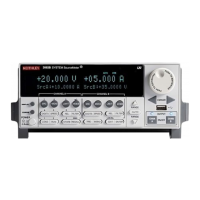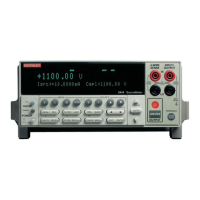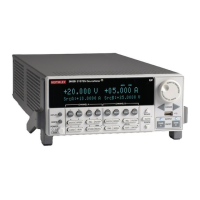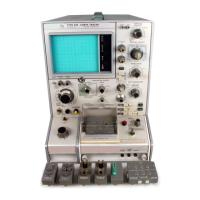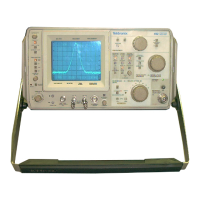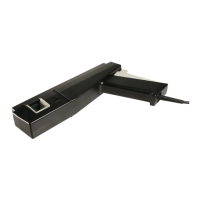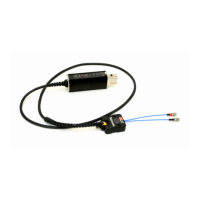In tests, the values for W
M
, W
S
, and E
G
are listed in the Formulator as constants. You can change the
values depending on the type of materials.
For silicon, silicon dioxide, and aluminum:
Where:
• k = Boltzmann’s constant (1.3807 x 10
-23
J/K)
• T = Test temperature (K)
• q = Electron charge (1.60219 x 10
-19
C)
• N
BULK
= Bulk doping (cm
-3
)
• DopeType = is +1 for p-type materials and -1 for n-type materials; the value for DopeType is
changed in the Constants area of the Formulator
For example, for a MOS capacitor with an aluminum gate and p-type silicon
(N
BULK
= 10
16
cm
-3
), W
MS
= −0.95 V.
For the same gate and n-type silicon
(N
BULK
= 10
16
cm
-3
), W
MS
= −0.27 V.
Because the supply voltage of modern CMOS devices is decreasing and since aluminum reacts with
silicon dioxide, heavily doped polysilicon is often used as the gate material. The goal is to achieve a
minimal work-function difference between the gate and the semiconductor, while maintaining the
conductive properties of the gate.
Effective oxide charge
The effective oxide charge, Q
EFF
, represents the sum of oxide fixed charge, Q
F
, mobile ionic charge,
Q
M
and oxide trapped charge, Q
OT
. Q
EFF
is distinguished from interface trapped charge, Q
IT
, in that
Q
IT
varies with gate bias and Q
EFF
= Q
F
+ Q
M
+ Q
OT
does not (Nicollian and Brews 424-429, Sze
390-395). Simple measurements of oxide charge using C-V measurements do not distinguish the
three components of Q
EFF
.
These three components can be distinguished from one another by temperature cycling, as discussed
in Nicollian and Brews, 429, Fig. 10.2. Also, since the charge profile in the oxide is not known, the
quantity Q
EFF
should be used as a relative, not absolute, measure of charge. It assumes that the
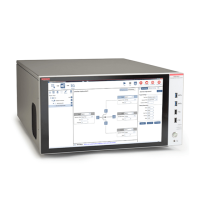
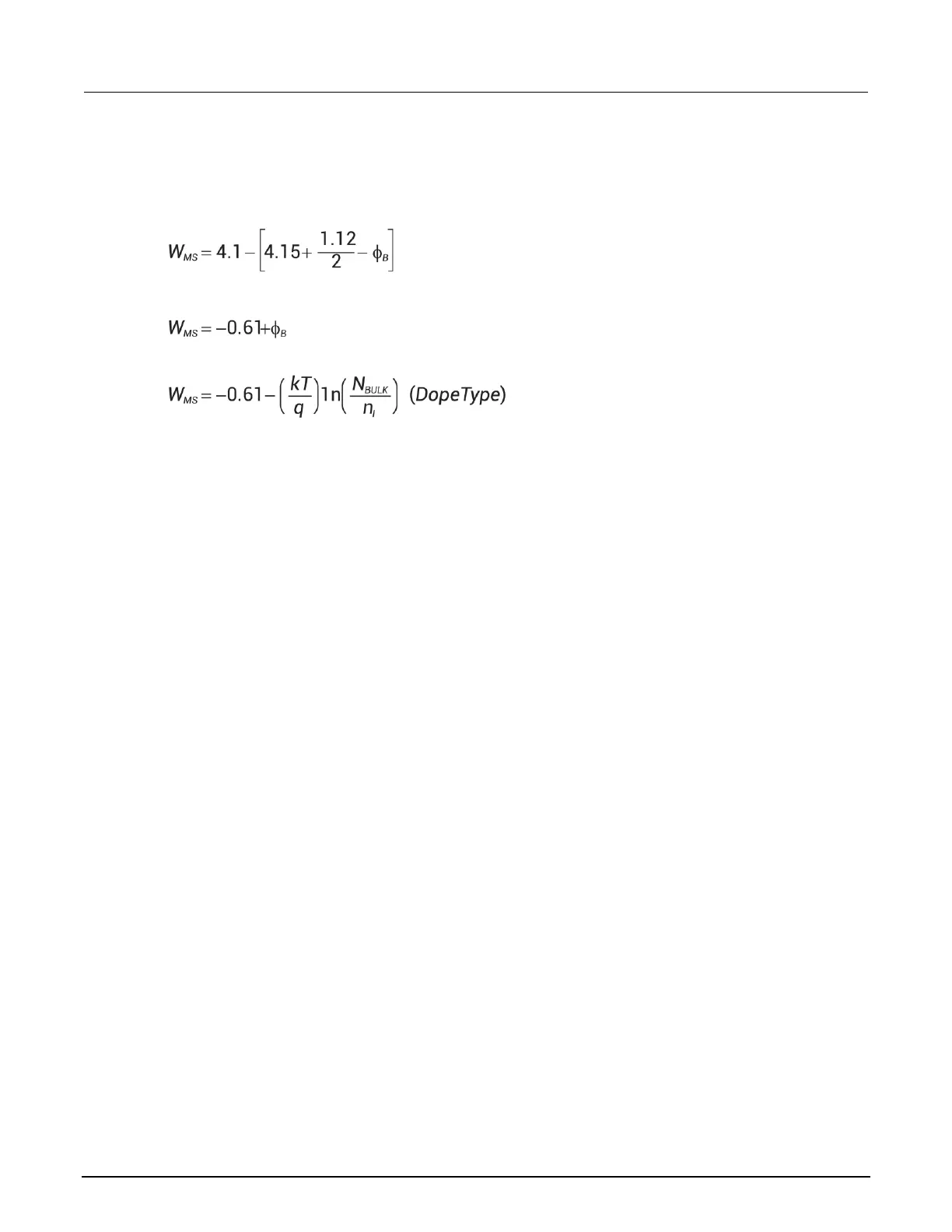